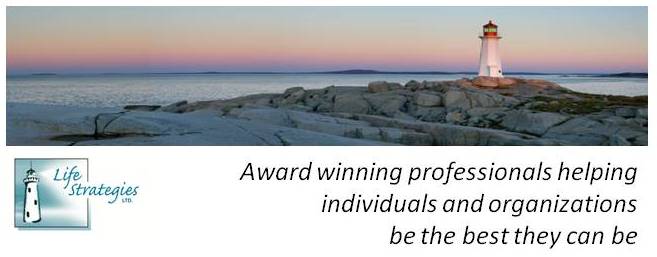 In searching for types of consultants I got a lengthy list – from management, media, and performance to lactation, magic, and theatre. While not a focus for this blog, I couldn’t help but look up the role of a magic consultant – someone who lends his/her expertise to film, television, and theatre around all aspects relating to magic and illusions. Sounds very cool!
In searching for types of consultants I got a lengthy list – from management, media, and performance to lactation, magic, and theatre. While not a focus for this blog, I couldn’t help but look up the role of a magic consultant – someone who lends his/her expertise to film, television, and theatre around all aspects relating to magic and illusions. Sounds very cool! Not surprisingly, Career Development Consultant wasn’t in the list. However, a Google search resulted in over 2 million hits, but the first link redirected to jobs for business consultants and the next several were specific to supporting individuals with disabilities. It seems as though the role of Career Development Consultant might be somewhat elusive.
In his book, Flawless Consulting: A Guide to Getting Your Expertise Used, noted consultant and author, Peter Block defined a consultant as “a person in a position to have some influence over an individual, group, or an organization but who has no direct power to make changes or implement programs” (1999, p. 2). Other authors extend this definition to note that consultants must be external to the organization - a contractor, perhaps, hired to do a specific task.
So, a Career Development Consultant might be someone who lends his/her expertise in career development to governments, agencies, educational institutions, and corporations across a wide range of industries. For those career practitioners experiencing career uncertainty, perhaps especially those in British Columbia who are seeing a complete re-design of their working environments, maybe it is time to consider a consulting career.
Here, at Life Strategies, we have been involved with some cool consulting projects – yes, even cooler than what a Magic Consultant might do. Recently, we’ve had the opportunity to
- Design and implement the first career development initiative for a nuclear power plant in the US
- Research the use of career assessments tools and models in Canada
- Moderate the 2009 Pan-Canadian Symposium on Career Development
- Develop a comprehensive set of career development resources for the Manitoba Government






